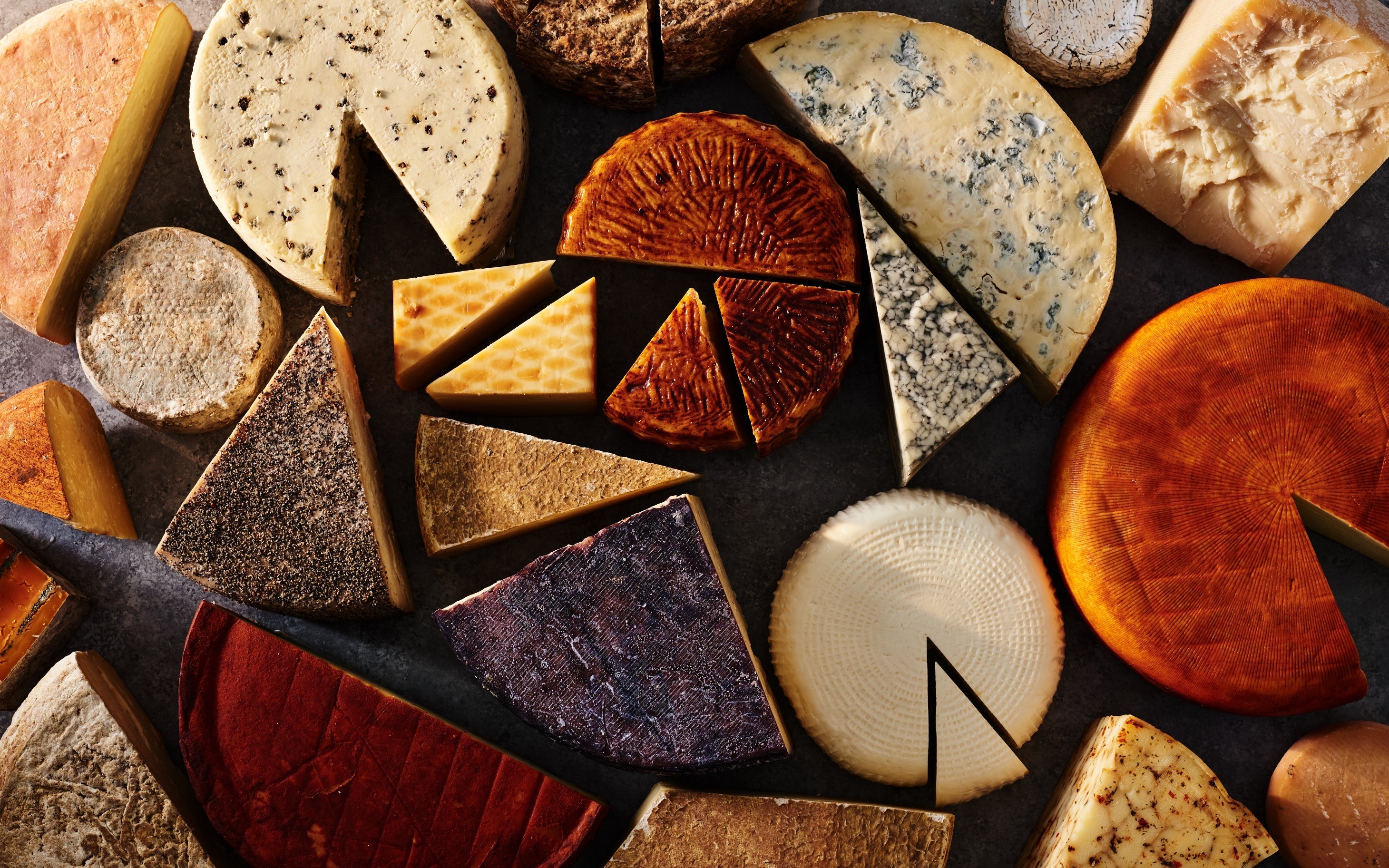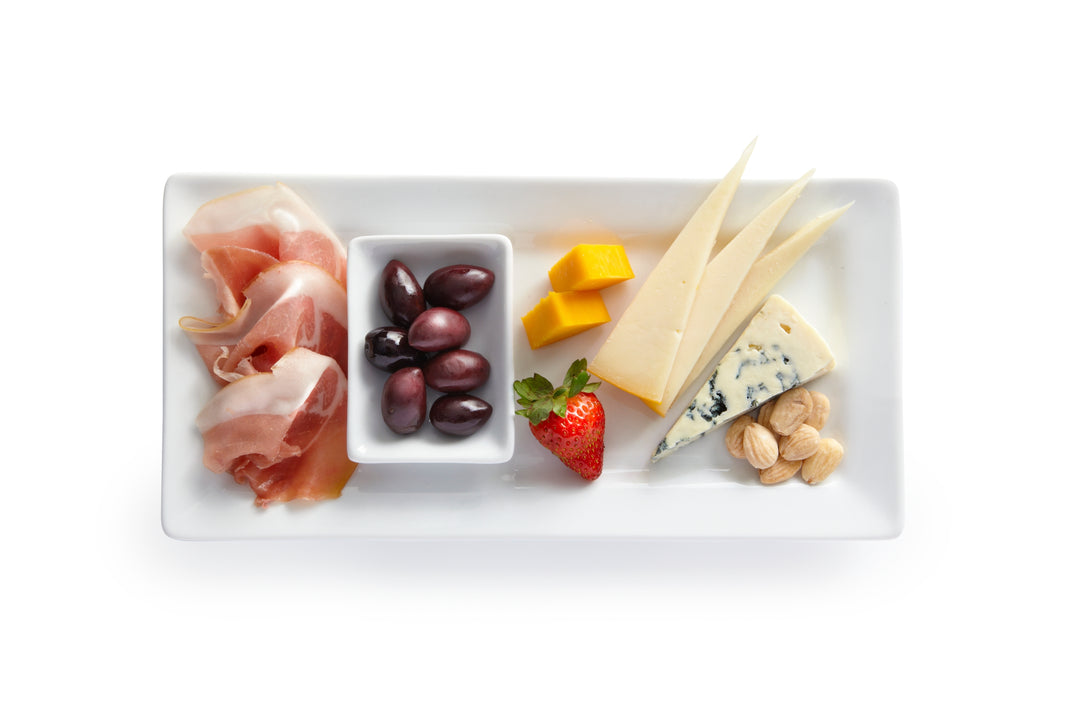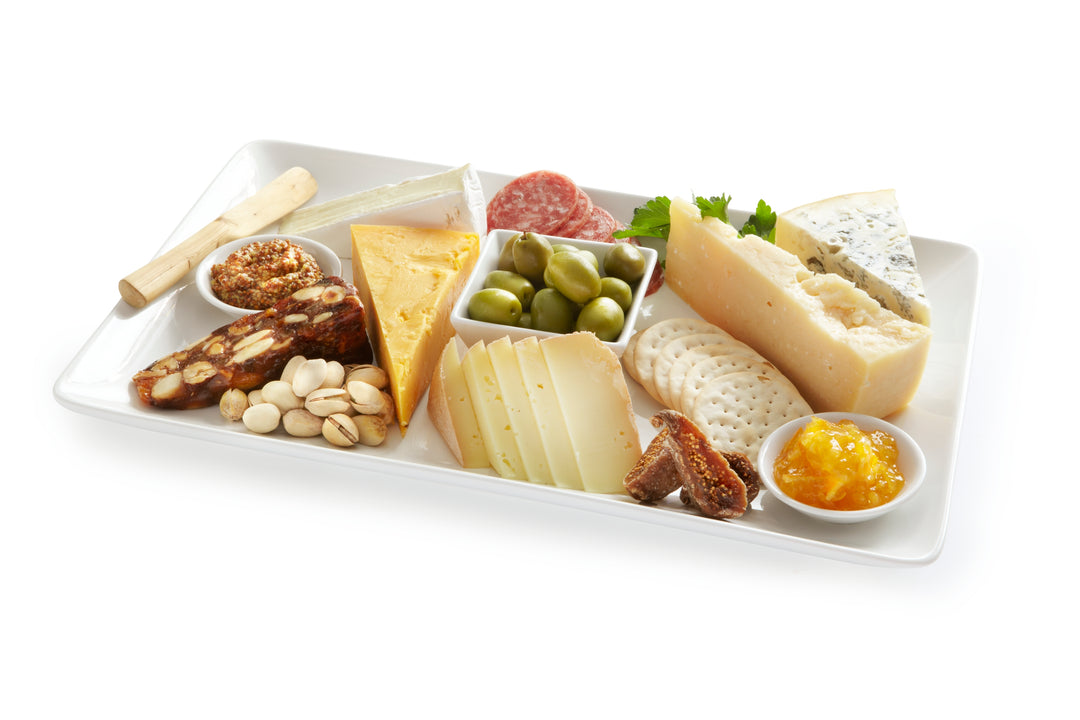Few foods bring people together quite like cheese. Whether it’s oozing over a pizza, blanketing a burger, or cascading down a bowl of pasta, melted cheese has a magic all its own. Understanding how and why cheese melts the way it does can take your cooking to a whole new level. In fact, many principles of food handling and temperature control—like those outlined in the ServSafe Study Guide 2025—also play an important role in achieving that perfect melt while keeping your food safe and delicious.
Understanding the Science Behind Melting Cheese
Before we melt, let’s get scientific for a moment. Cheese is made up of three main components: protein (casein), fat, and water. How these components interact determines how your cheese will behave under heat.
The Three Key Factors
1. Moisture Content- The more moisture a cheese has, the more easily it melts. Think mozzarella or Monterey Jack. Drier cheeses like aged cheddar or Parmesan melt less smoothly because they’ve lost much of their water content during aging.
2. Fat Content- Fat adds creaminess and helps prevent the cheese from turning rubbery. A balanced fat-to-moisture ratio creates that ideal gooey texture.
3. Acidity Level (pH)- The pH affects protein structure. Cheeses with a slightly higher pH -around 5.3 to 5.5- melt better than those with lower acidity levels, which tend to become grainy when heated.
How to Melt Cheese Like a Pro
Getting that perfect melt is about technique as much as cheese choice. Follow these steps to achieve flawless, restaurant-quality results.
1. Start with Room Temperature Cheese- Cold cheese melts unevenly and may clump. Let it rest at room temperature for about 20–30 minutes before cooking.
2. Shred or Grate It- The smaller the pieces, the faster and more evenly they’ll melt. Avoid big chunks unless you’re intentionally going for a gooey center.
3. Use Low, Gentle Heat- High heat causes the proteins to tighten and the fats to separate, resulting in a greasy or rubbery mess. Low heat gives the cheese time to soften gradually.
4. Add a Little Liquid- When making sauces, add milk, cream, or even a splash of wine or beer. The liquid helps stabilize the proteins and keeps the cheese smooth.
5. Stir Gently and Constantly- Consistent motion distributes heat evenly and prevents sticking or scorching.
6. Add Cheese at the Right Time- For soups and sauces, always add cheese at the end of cooking—off the direct heat—to avoid curdling.
Creative Ways to Use Melted Cheese
Perfectly melted cheese isn’t just for pizza or pasta. Here are a few delicious ideas to showcase your new skills:
-
Cheese Fondue Night: Combine Gruyère and Emmental with a splash of white wine for a creamy, shareable dip.
-
Cheesy Breakfast Skillet: Melt Fontina or Havarti over eggs and roasted potatoes.
-
Gourmet Grilled Cheese: Mix two or three cheeses for depth—cheddar for sharpness, provolone for stretch, and brie for creaminess.
-
Baked Cheese Dip: Melt cream cheese with shredded mozzarella, herbs, and a drizzle of olive oil for an instant crowd-pleaser.
-
Cheese-Stuffed Burgers: Encase shredded cheese inside your burger patty for a molten center surprise.
The Connection Between Technique and Safety
While melting cheese seems simple, temperature control and ingredient handling are crucial to food safety—a principle also emphasized in the ServSafe Study Guide 2025.
- Always keep dairy products refrigerated below 40°F (4°C) until ready to use.
- Avoid letting cheese sit out for more than two hours, especially in warm environments.
- Use clean utensils and surfaces to prevent cross-contamination with raw meats or unwashed produce.
Maintaining proper food safety not only preserves flavor but also ensures that every cheesy creation is safe to enjoy.
Combining Tradition and Innovation
Melting cheese might feel like an everyday act, but behind it lies centuries of craftsmanship. Small family creameries and artisan producers take pride in creating cheeses that behave beautifully in the kitchen. Their dedication to real ingredients, slow processes, and flavor integrity is what allows us to enjoy everything from gooey mac and cheese to crisp-edged grilled sandwiches.
Final Thoughts: The Art of the Perfect Melt
Mastering the melt is both science and art. It’s about knowing your cheese, respecting the heat, and trusting your senses. The perfect melt isn’t just about texture—it’s about creating a moment. The stretch of mozzarella between two slices of bread, the golden crust of baked mac and cheese, or the silky finish of fondue all tell a story of balance, patience, and quality.











Leave a comment